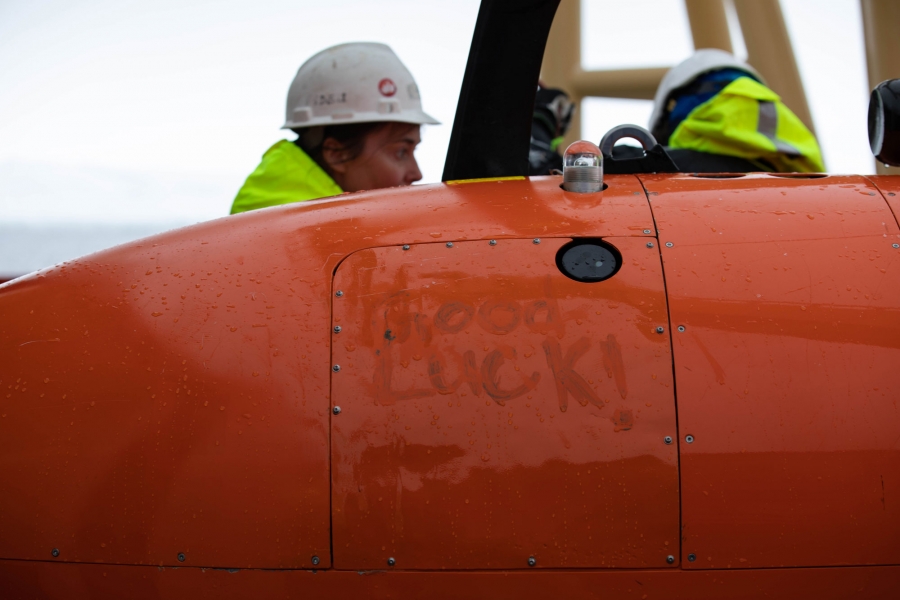Antarctica
First voyage under Antarctic ”doomsday glacier”
What an achievement! Professor and Scoot board member Anna Wåhlin (bottom left in photo) tweets: “OMG we did it – we went under Thwaites ice shelf!! We have water samples, bathymetry and ocean physics from underneath the 300-500 M thick ”doomsday glacier”. The Swedish AUV Ran was first. So so proud of our team!!” More about this on GU web.
Now the really interesting part. If you are an entrepreneur, innovator or researcher with ideas about measurements in the ocean or data from the ocean, Scoot makes the AUV Ran available for YOU. Interested? 1) Contact us, 2) meet us at Scoot open house, 8 May at Nya Varvet in Gothenburg, 3) join us for a hands on workshop at the classic oceanographic station on Bornö in the Gullmarn fjord, 17 – 20 June.





